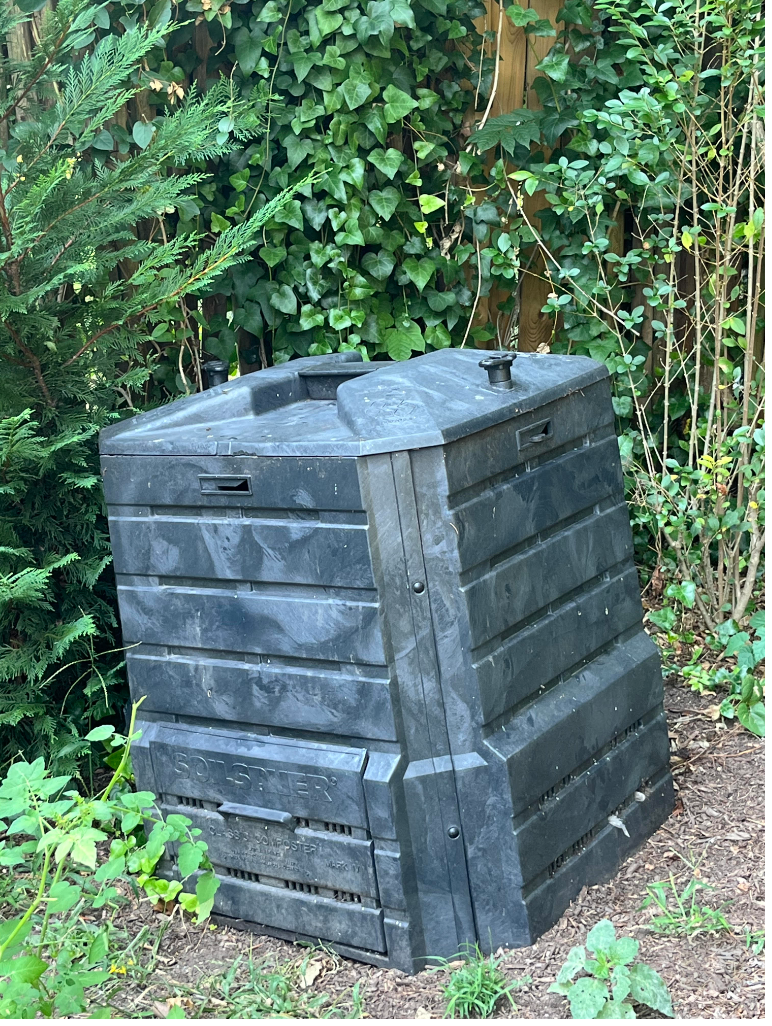Green Light for “Squid Game”
*Spoiler Alert*
“Squid Game” is the newest crowd favorite series on Netflix, becoming the first ever South Korean show to reach number one in America. “Squid Game” is well deserved of its success because it brilliantly comments on social issues without seeming too obvious or blunt.
While “Squid Game” is engrossing all throughout, I do have some favorite scenes. The red light green light scene in the episode “Red Light, Green Light” displays the game’s intention, and casts a dark tone early on. The creepy doll that sings red light green light adds to the offputting innocent theme of the show. It also gives away the characters true natures. Another one of my favorite scenes is when Sae-byeok and Ji-yeong are on their last round of playing marbles in the episode “Gganbu”. Sae-byeok has warmed up to Ji-yeong and does not want to see her die. I enjoyed how the characters opened up to one another, and it was particularly moving when Ji-yeong sacrificed herself for Sae-byeok. Ji-yeong’s death was one of the most impactful to me, and I think the scene was structured well enough to make her death so significant. Overall though, my favorite episode would be the 7th episode because it is maybe one of the most suspenseful viewings I have ever experienced. It is truly terrifying, and it makes the most impact on the audience.
I think “Squid Game” effectively uses bold bright colors as a contrast to the dark activities in the game. The sets in “Squid Game” really play up the distorted childlike theme with these bright colors, and also childhood references. A classic example of this is the set for the honeycomb game in the episode “The Man with the Umbrella”. This setting, while seemingly innocent, was unsettling because of its large scale. It was off putting to see a massive swing set, especially when I knew of the massacre that was about to ensue. One of the best depictions of the contrast between the innocent set and the perilous nature of “Squid Game” shown in this episode was when one player lost the game and was therefore fatally shot. We watch the player’s frightened face, and then see him slide down the gigantic slide. While he slides, the audience (along with the other players), notices the trail of gory blood following him all the way down the slide. I thought this was terrifying and I could feel the anxiousness of every player through the screen. The sets in “Squid Game” ensure that the audience never feels comfortable or safe, because they have this constant feeling that something is not quite right.
Finally, I think it is crucial that non-Korean speaking audiences should watch “Squid Game” with subtitles instead of dubbing. Not only does it allow you to connect with the characters more to hear their actual voice, but in “Squid Game’s” case, it also is a more accurate script. Key points about the characters, messages of the series, and plot points are missed in the dubbing. I would recommend watching with subtitles because it gives a more authentic feeling of the show, and helps you better recognize the show’s intention.

Niamh Cranny is a current junior at Archmere Academy. In school she likes to partake in cross country, the musical, and lacrosse. Outside of school she...

















